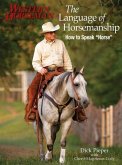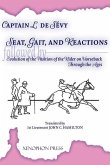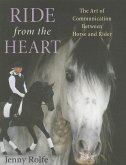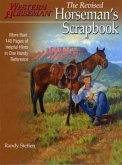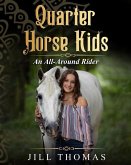Not every rider yearns to start a colt or participate in a world championship show. Yet most riders want to improve their horsemanship and their horses' performances by helping them become well-broke, seasoned, and versatile mounts, just as many ranch horses are. Ranch Horsemanship tells how almost any rider at almost any level of expertise can adapt ranch-horse-training techniques to help his mount become a safer, more enjoyable ride. Curt's step-by-step methods offer a hands-on and in-your-own-time approach well-suited for most recreational riders. His ideas help prepare you and your horse for whatever you might encounter in the round pen, arena, pasture and beyond. Curt's staring point is an overview of "Ranch Horses and Their Work," which provides a point of reference for the techniques that follow. The "Cowboy Horsemanship" section addresses six important transitions. The ability to make upward and downward transitions, move the hindquarters left and right, and move the forehand left and right are the building blocks necessary to perform any advanced maneuver, such as a side-pass or a lead change. These six transitions also are the basics for maneuvering up- and downhill, approaching natural obstacles and dealing with manmade obstacles, such a gates or bridges, as addressed in the "Practical Applications section." In the fourth section, "Rope- and Cattle-Handling Basics," Curt helps you transfer your working-a-horse-afoot knowledge to cattle work. Even though you might never rope more than a bucket, Curt also walks you through rope-handling basics because that, too, is useful in developing a quiet, well-rounded mount. The book's final section, "Ranch Kids and Competitive Cowboys," relates how using these techniques can help children become safer, more confident riders and how cowboys use the same methods in ranch competitions. Do-it-yourself tips throughout Ranch Horsemanship give practical advice on adapting ranch-training techniques to your acreage, whatever its size.


